Water Crisis Looms as Gaula River in Haldwani Approaches Critical Low Levels
Haldwani is facing a growing water crisis as the Gaula River's water levels continue to plummet due to a prolonged dry spell. With no significant rainfall for months, the river's flow has dropped sharply, and by February, the water level had already dipped to 125 cusecs, a figure typically seen in the peak summer months. This drastic reduction in water levels is signaling a potential water shortage for both drinking and irrigation purposes.
Gaula River's Declining Water Levels Raise Concerns for the Future
The Gaula River, which serves as the lifeline for both urban and rural areas of Haldwani, is rapidly approaching a state of depletion. The water level has fallen significantly, bringing conditions akin to those usually experienced in June, despite it being February. On Tuesday, the water level at the Gaula Barrage was recorded at 125 cusecs, a level usually reached only during the hot summer months of May and June. This alarming decline is already raising concerns about an impending drinking water crisis in Haldwani, especially given that the region typically experiences water scarcity year-round, with conditions worsening during the summer.
Drinking Water Shortage Imminent
During the summer months, the demand for water increases dramatically, and residents rely heavily on the Gaula River for relief. The water department sends 90 cusecs of water daily from the Gaula Barrage to the filtration plants, where it is purified before being distributed to households. However, even with this supply, there are still regular water shortages. This year, with water levels in the river dropping at an alarming rate, it is feared that the filtration plants may soon face a significant reduction in water supply, exacerbating the already dire water crisis.
Water Levels Falling at an Alarming Rate
The water level in the Gaula River is consistently decreasing, with an average drop of about five cusecs per day. Just a week ago, the water level was recorded at 174 cusecs, but by Tuesday, it had fallen to 125 cusecs. If this trend continues, the situation will only worsen, potentially leading to a severe shortage of water for both consumption and irrigation in the coming months.
Irrigation Water Supply Severely Affected
In the rural areas of Haldwani, farmers rely on approximately 300 cusecs of water daily for irrigation. However, with the ongoing reduction in water supply, the irrigation department is now only able to provide water to one of the four canals on a roster basis, leaving many farmers without sufficient water for their crops. This is expected to have a significant impact on agricultural yields in the region.
Prolonged Dry Spell Since September
Haldwani has not experienced any rainfall since September 26, leading to a steady increase in temperatures and further exacerbating the water shortage. Despite some cloudy weather on Tuesday, which offered a glimmer of hope for relief, no rainfall materialized by late evening, leaving residents anxious about the ongoing dry spell.
Groundwater Extraction Likely to Increase
In the absence of adequate river water, the reliance on tanker services and groundwater extraction is expected to rise. The water department already depends on tube wells to supply water via tankers, and with the current crisis, the extraction of groundwater is likely to increase, further depleting already dwindling groundwater levels.
The Road Ahead
The continued reduction in Gaula River's water levels is placing both drinking water and irrigation supplies under severe strain. Local authorities are closely monitoring the situation, and with no substantial rainfall in sight, Haldwani may soon face one of its most significant water crises in recent years.
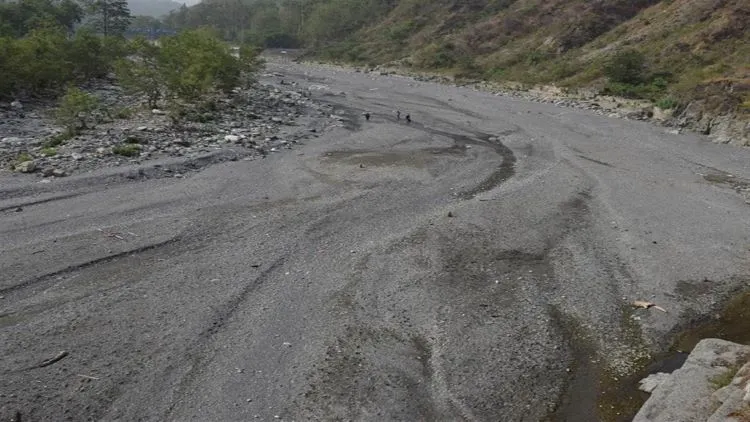

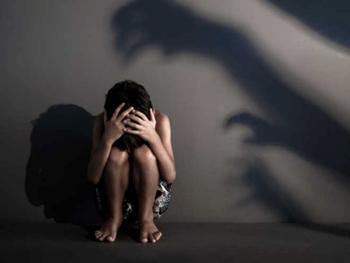
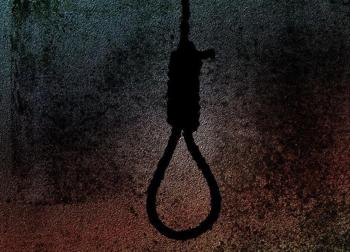
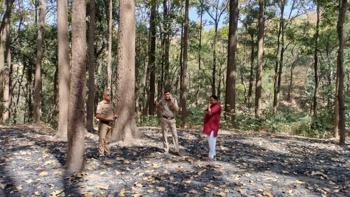
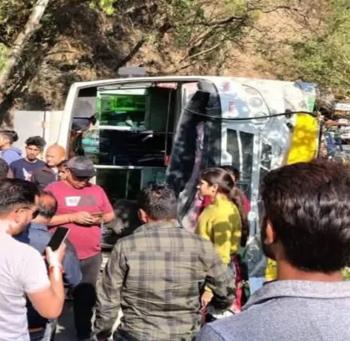
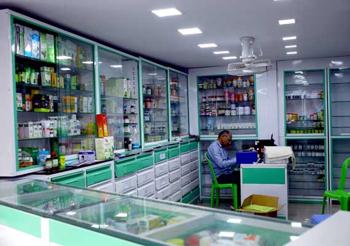
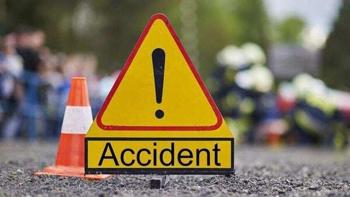
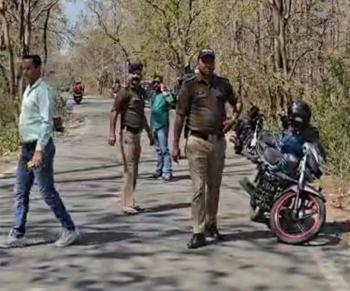
Leave a comment
0 comment